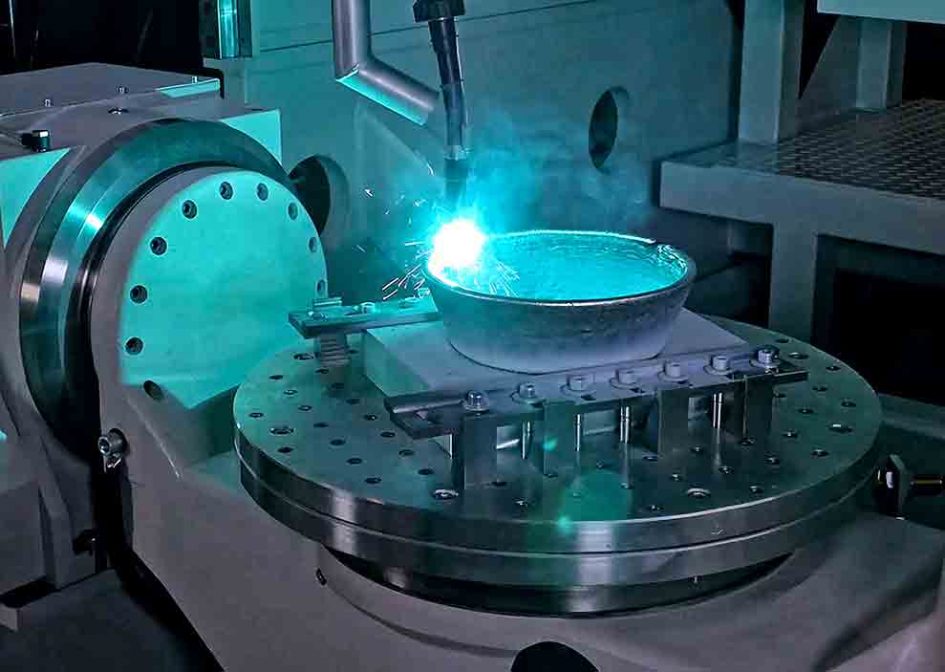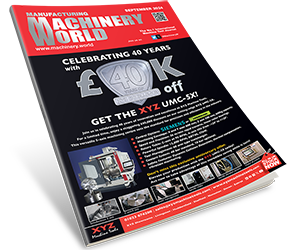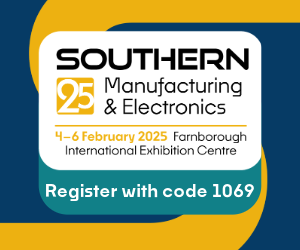Already the sole sales and service agent in the UK, Ireland and the Gulf for two metal additive manufacturing (AM) machine producers in France, Kingsbury (www.kingsburyuk.com) has been appointed to represent German WAAM (wire arc additive manufacturing) equipment builder GEFERTEC GmbH in the same markets with immediate effect (www.gefertec.de/en/start-2).
Richard Kingsbury, managing director of the Gosport-based machine tool distributor commented, “GEFERTEC’s metal AM technology fits perfectly with our existing French agency lines of AddUp powder-bed laser fusion machines and production lines, and direct energy deposition equipment from its BeAM subsidiary.
“There are tremendous advantages with WAAM. Chief amongst these is that standard MIG/MAG welding wire is used as the raw feedstock to create parts rapidly within a large build envelope. Such wire is relatively inexpensive and readily available in a wide range of metals.
“GEFERTEC’s proprietary 3DMP technology, which is a CAD to layer-by-layer arc welding process on a machine platform controlled by the familiar Siemens 840D CNC, transforms our offering to customers.”
Tobias Röhrich, CEO of GEFERTEC responded, “With more than 60 years of experience in the relevant markets and industries, Kingsbury is a perfect partner for us.
“We share with them the same vision of a long-term cooperation and of offering our customers more than just hardware but efficient production solutions for quantities down to a batch size of one.
“With Kingsbury’s expertise and passion for manufacturing, we will make the benefits of our award-winning 3DMP technology a success for customers in the UK, Ireland and the Gulf.”
The manufacturing process involves taking a CAD model of the metal part to be produced, which can be up to three cubic metres in size and up to three tonnes in weight, creating a layer-by-layer AM program in 3DMP CAM software, and 3D printing the near-net-shape component by bead-on-bead melting and deposition of welding wire using heat generated by the electric arc. The component profile is checked using a scanner mounted in the machine, after which the surfaces are 3- or 5-axis milled or turned to achieve the required shape, surface finish and accuracy.
WAAM is applicable to an extensive range of metals, provided that they are in wire form. The list includes stainless, mild and tool steels as well as alloys of nickel, titanium, copper and aluminium; indeed, any metal that can be welded. Multiple materials can be combined in a single structure, internal voids may be produced as with other types of AM, and there is very little material wastage.
Parts produced have high density and strong mechanical properties comparable to those manufactured by traditional subtractive methods. The technique is also suited to repair of worn parts, application of wear coatings and reverse engineering of legacy components.
Target industries are aerospace, especially for producing high quality titanium and nickel alloy parts, tool and mould making, the rail sector and job shops with their small batch sizes. Compared with traditional subtractive machining, cost savings of up to 70 per cent have been reported when processing difficult-to-machine alloys and up to 50 per cent when dealing with other metals.






